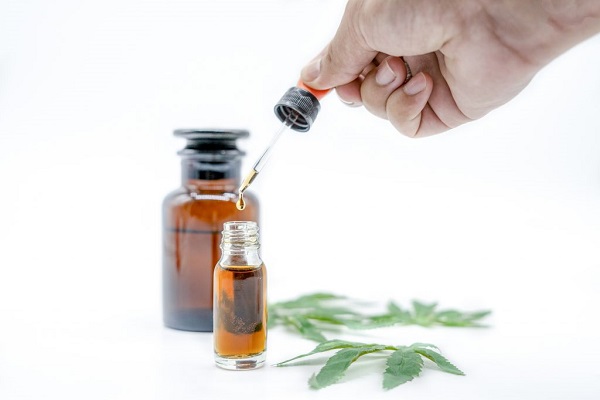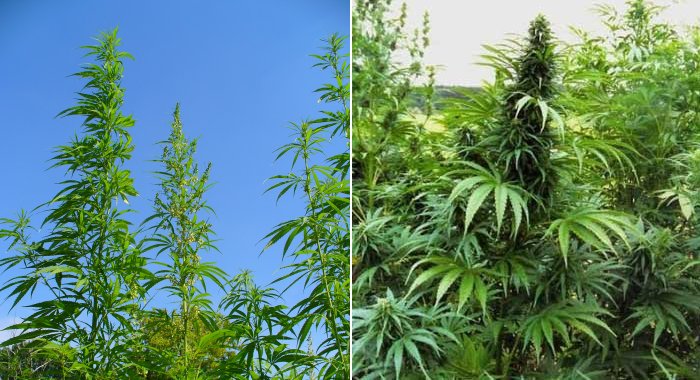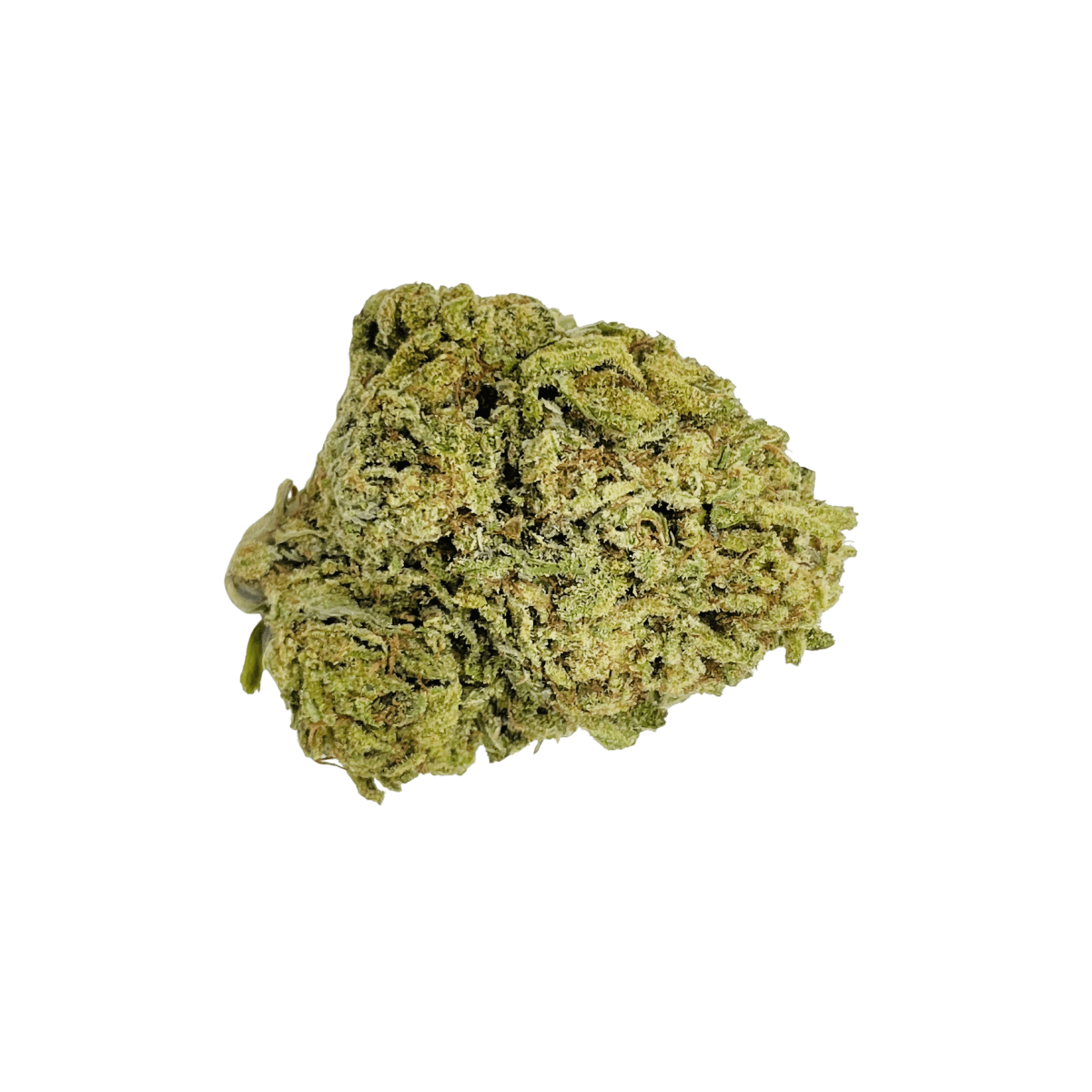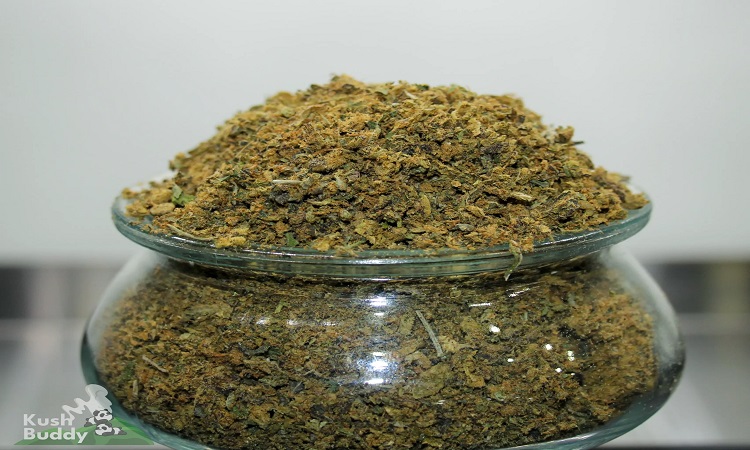Cannabigerol (CBG) is quickly becoming the “mother of all cannabinoids” and one of the most preferred products in the market. Why?
Since it’s a natural, non-invasive approach to addressing issues such as discomfort, anxiety, and sleep issues. While CBD has been reported to help with these problems too, cannabinoid researchers are now researching the CBG.
There isn’t a one size of CBG to take for signs of relief. Depending on your chemical make-up and the quality of the product, everybody will be affected differently. It’s always suggested to start low and slow and work your method approximately the dose that functions best for you. Each brand or manufacturer should have a label with the percentage of how much it stays in the product. Always check for the product’s suggested dose and start with the low dose. Slowly introducing the item will help your system to get used to the substance and help avoid potential negative effects.
Elements That Affect How Much CBG You Should Take
If you are wondering how much CBG you should take, keep considering these crucial elements.
- Potency
- The brand
- Height & Weight
- Age
- Liver metabolism
- The seriousness of your problem
- Underlying problems
- complete health
CBG Dose for Different Daily Functions
It is a relatively new product on the market. We want users to feel risk-free when using it because of the benefits it offers. Here are a couple of recommended dosages for various daily tasks.
How Much CBG to Take to Aid Workout Recuperation?
Whether you are getting to the health gym for the first time in months or going 5 times in a week, your muscles are going to ache. Exercise increases the tension of your muscular tissues to help develop them. Recovery helps ease that tension and is equally as crucial.
Athletes can use CBG to support muscle recovery. CBD is well-known for its prospective anti-inflammation properties yet research study shows that CBG might be much more effective.
How Much CBG to Take Before Bed?
If you are transforming and having trouble going to sleep during the night, CBG may be able to assist. We recommend taking 10 – 20mg of it an hour before you are going to bed to help your body unwind.
By taking it an hour before bedtime, you give your body time to feel the results. Sleep is necessary for healing. You need good sleep if you want to feel or perform at your ideal.
Unless you live under a rock you’ve probably heard of CBD oil. Creams, oils, salves, capsules, tablets, patches … the list is long. Now that the FDA has acknowledged the medicinal worth in CBD, scientific research studies have increased considerably on the cannabis plant, consisting of hemp.
What are Cannabinoids?
Cannabinoids are Phytochemicals found in the marijuana plant. There have been over 100 cannabinoids found in the marijuana plant however a few widely known and some not so widely known deserve taking notice of. THC is the well-known cannabinoid that makes you high if absorbed in high enough doses while CBD, nearly as popular, has its healing advantages without the side effects of being intoxicated. But there are also three other heavily studied cannabinoids that show many claims about CBG, CBN, and CBC.
What is CBG and is it any different from CBD?
Cannabigerol is a substance that generally has been tested to extract from the cannabis plant. Through the reproduction and extraction of modern technological developments, we are now able to get substantial quantities of CBG at a much-reduced expense. This has allowed more research studies to manage and a better understanding of this relatively new product.
Our bodies contain a system called the endocannabinoid system. This system has CB1 and CB2 receptors. Phytocannabinoids from the cannabis/hemp plant respond with these receptors comparable to the same way a pharmaceutical medicine responds with the body. How well CBD, THC, CBG, and other products work partly to how they respond with these receptors and enzymes in the body. CBG is known as the ‘mother’ of cannabinoids.
Is CBG better than CBD?
To be sure, the clinical proof on all cannabis products will increase as the modification and time of the law goes by. What we do know is that CBG reacts more successfully with the CB1 and CB2 receptors when compared to CBD. We also know that via pre-trial scientific research studies and with the vast quantity of anecdotal info readily available, CBG has the potential for pain and swelling relief, reduction of cancer cells growth in animal studies, remedy for Crohn’s disease, anxiety, Parkinson’s, Huntington’s and several other issues.
Where can I buy CBG?
For state-accredited, locally grown CBD and cbg isolate wholesale products, you can visit https://cbgwholesalers.com/. For effectiveness, purity, transparency, and the lowest price in the state, we are the best option for licensed CBG Wholesale.
Hemp and marijuana both have comparable growth practices. The hemp and marijuana selections of Cannabis sativa both have a tendency to be high with slim palmate leaves. The forms of marijuana from Cannabis indica have a tendency to be much shorter and bushier and have thicker fallen leaves.
All cannabis plants gather cannabinoids and terpenes in structures called trichomes. These resin-filled glands are found mainly on the flower. Cannabis is a dioecious species so plants are either male or female. Only the female plants generate flowers though, so except in fiber production, male plants are ruined if they arise throughout farming.
Marijuana and hemp are both sorts of cannabis that have been used by humans for thousands of years. Cannabis is native to the island to numerous areas worldwide , and proof of its usage shows up throughout the globe background . Much of what specifies hemp vs marijuana today is based upon contemporary regulations though.
What is Hemp?
Nowadays, there is a great deal of confusion about the differences between hemp and marijuana, particularly relating to the advancement of the laws that govern them on the planet. In most nations, CBD Blüten is taken into consideration to be cannabis that contains a reduced quantity of THC. The certain amount of THC allowed in hemp arrays ranges from 0.3% to 0.2%, or greater in some nations that allow approximately 1% THC.
All hemp is Cannabis sativa, there is no “indica hemp,” though some hemp strains have hybrid genetics that link to strains of marijuana which are indica . Hemp is typically referred to as fiber-hemp or industrial hemp but contemporary hemp strains reproduced for flower quality look much more varied than traditional fiber-hemp strains. These contemporary hemp strains are currently typically called “CBD blossom”.
What iѕ Marijuana?
Marijuana is the sort of cannabis that will obtain you high. It is occasionally simply called “cannabis” or “drug-type cannabis.” Marijuana incorporates all three species of Cannabis- C. sativa, C. indica, and C. ruderalis . Hemp, on the other hand, is simply one selection of C. sativa. All C. indica plants are thought to be marijuana.
While expanding hemp is mainly lawful with correct licensing, growing marijuana remains very limited. Marijuana is considered to be any type of sort of cannabis with greater than the legitimately allowable restriction of THC in hemp. That implies that if a hemp cultivator’s crop tests too high for THC, they instantly have a crop of “marijuana” which must be reported and ruined! By doing this, the line between marijuana and hemp can be very thin given that much of it is defined by THC constraint legislations.
Hope you find the article useful and informative. You can purchase CBD Aromaharz from our website.
Products including cannabidiol (CBD) have actually exploded in appeal over the past couple of years, as the cannabinoid’s reputed anti-inflammatory and anti-oxidant effects have made it right into a fashionable component for skincare and “wellness” items.
As the significant non-intoxicating component in cannabis, CBD is fairly abundant in common cannabis stress, making the cannabinoid’s seclusion and utilize easily translatable to commercial item making operations.
Yet lately another non-intoxicating cannabinoid has been making headings as a prospective therapeutic item. Cannabigerol (CBG) is a much less plentiful cannabinoid, however it has actually been observed to lower swelling, combat pain, and also slow the spreading of some cancer cells.
CBG might seem comparable to CBD on the surface, however dig a little much deeper and essential distinctions can be discovered.
As the cannabis plant matures, CBGA, which is the acidic type of CBG, is transformed by plant enzymes into some proportion of the 3 major cannabinoid precursors: tetrahydrocannabinolic acid (THCA), cannabidiolic acid (CBDA), and cannabichromenic acid (CBCA).
From the quantities of CBGA that are not converted into these precursors, or any one of the various other small cannabinoids, CBG is developed with decarboxylation.
As a result of this process, cannabis stress usually contain extremely little CBG, frequently listed below 1 percent by weight. In order to get greater returns of CBG within cannabis, expert plant breeders have actually begun try out hereditary adjustment and crossbreeding.
CBG advantages
Unlike CBD, which has a fairly low fondness for cannabinoid receptors and acts primarily through indirect communications with the endocannabinoid system, CBG is believed to generate its healing results directly though interaction with the CB1 and CB2 cannabinoid receptors in the brain.
The psychoactive cannabinoid THC also generates its psychoactive results though interactions with these receptors; CBG has been observed to function as a buffer to THC’s psychoactivity and can even ease the sensations of fear that occasionally come with consumption of high degrees of THC.
Research is fairly thin regarding the restorative advantages of CBG, when compared to the apparent riches of info readily available on THC and CBD within the cannabis scientific research community.
But there are early researches connecting the compound to an entire host of possible restorative uses, such as:
Reducing swelling, as seen in animal versions of inflammatory digestive tract illness.
Inhibiting lump development, in pet designs of intestines cancer cells.
Eliminating drug-resistant germs, such as methicillin-resistant Staphylococcus aureus (MRSA).
Hope you like the article.







